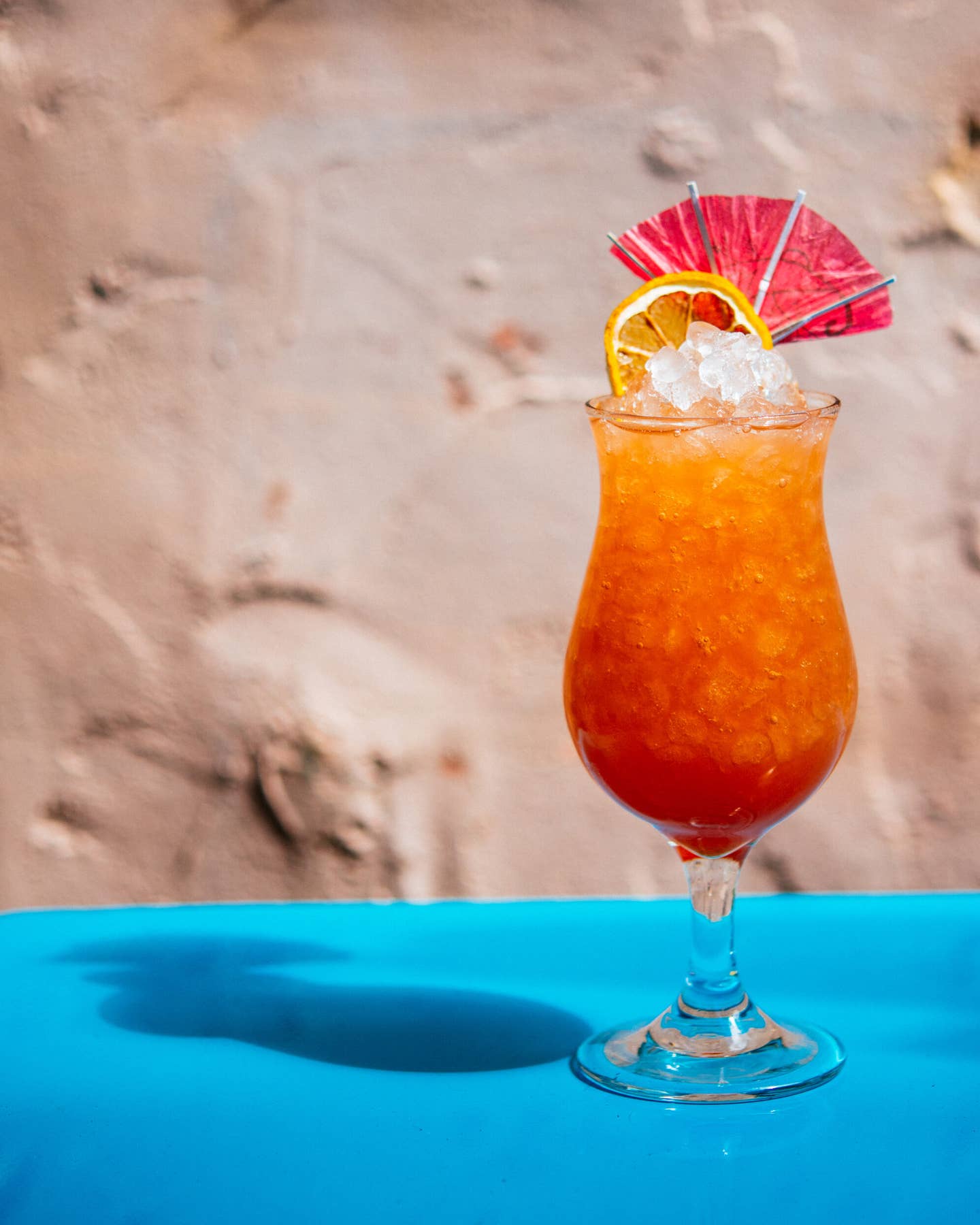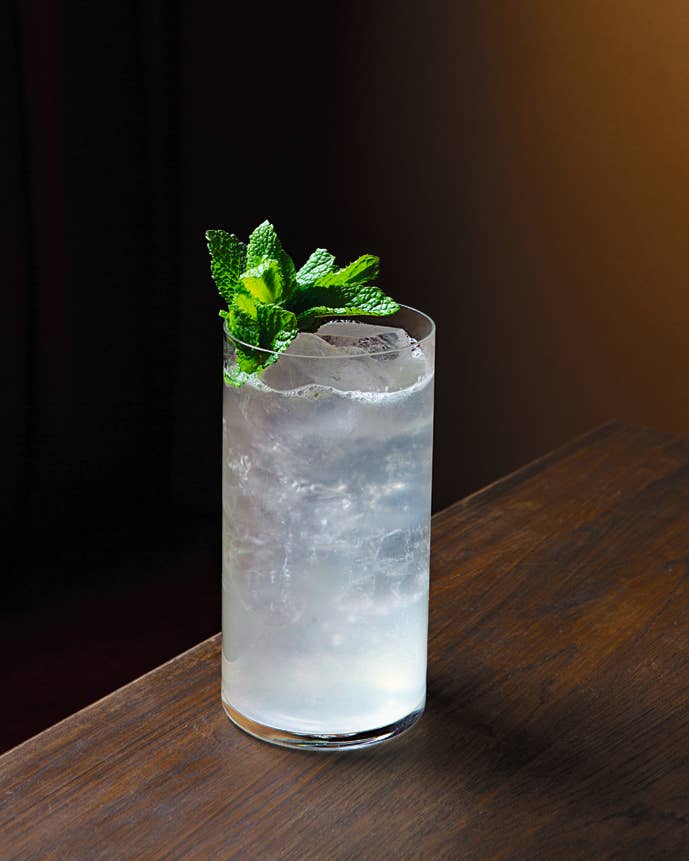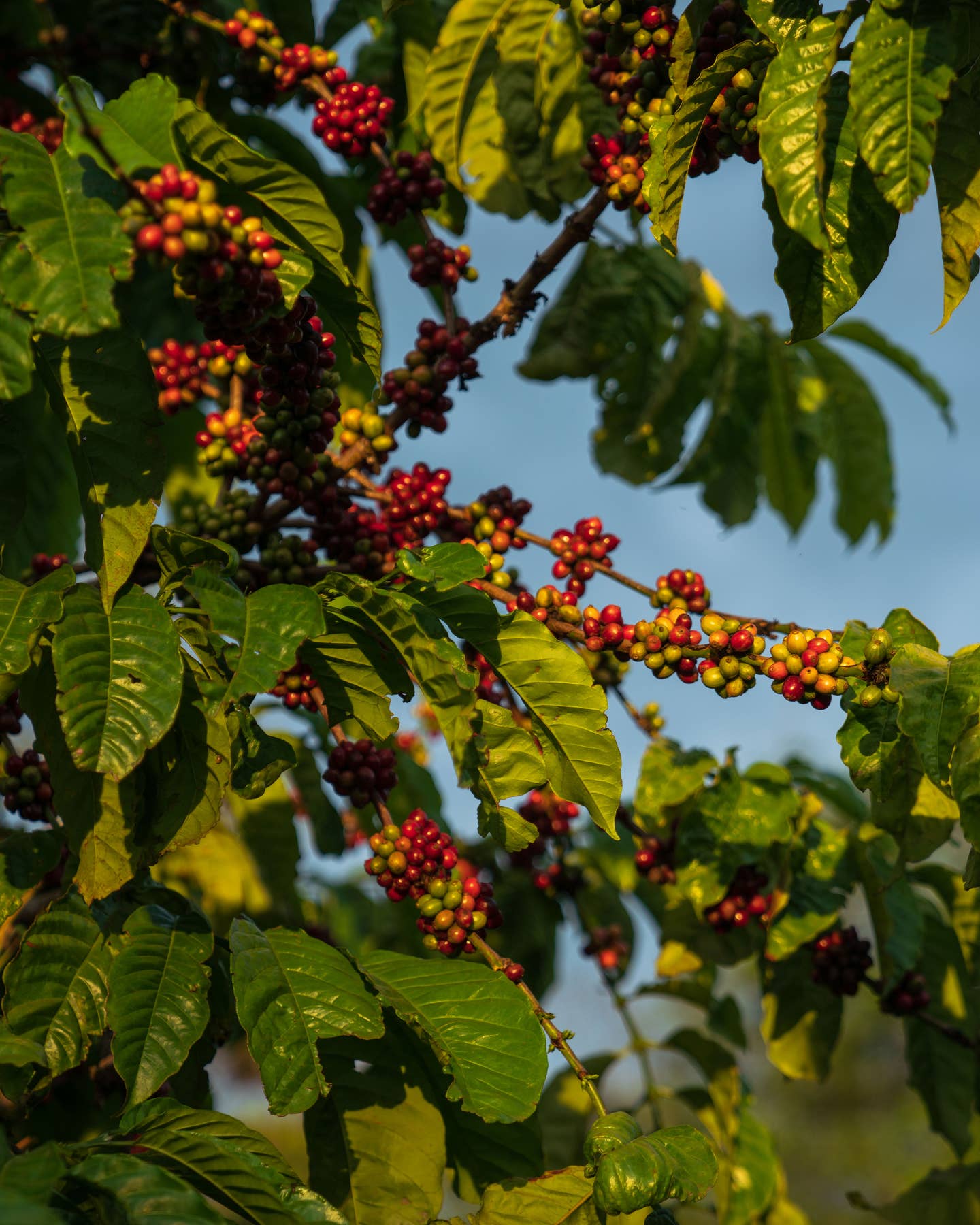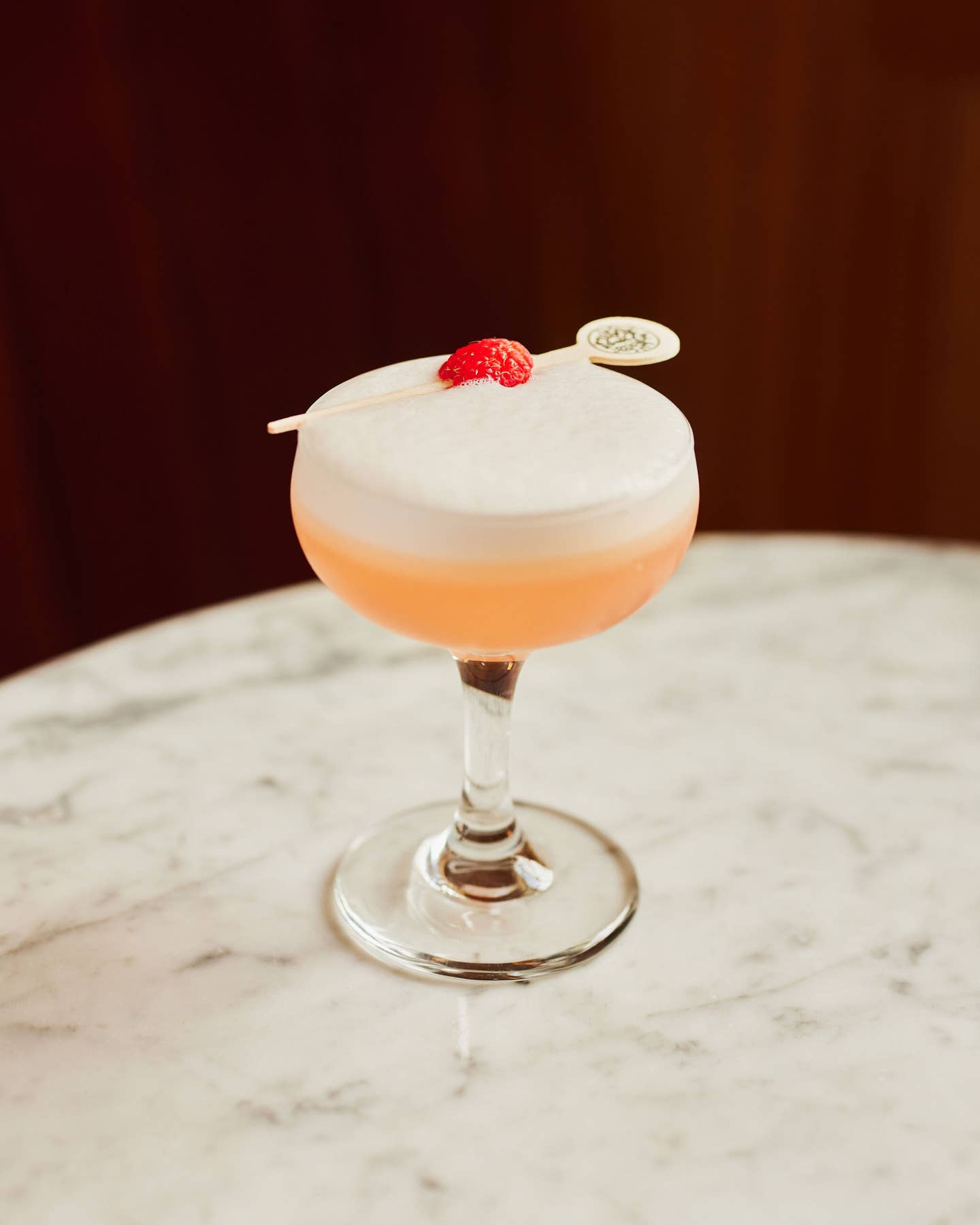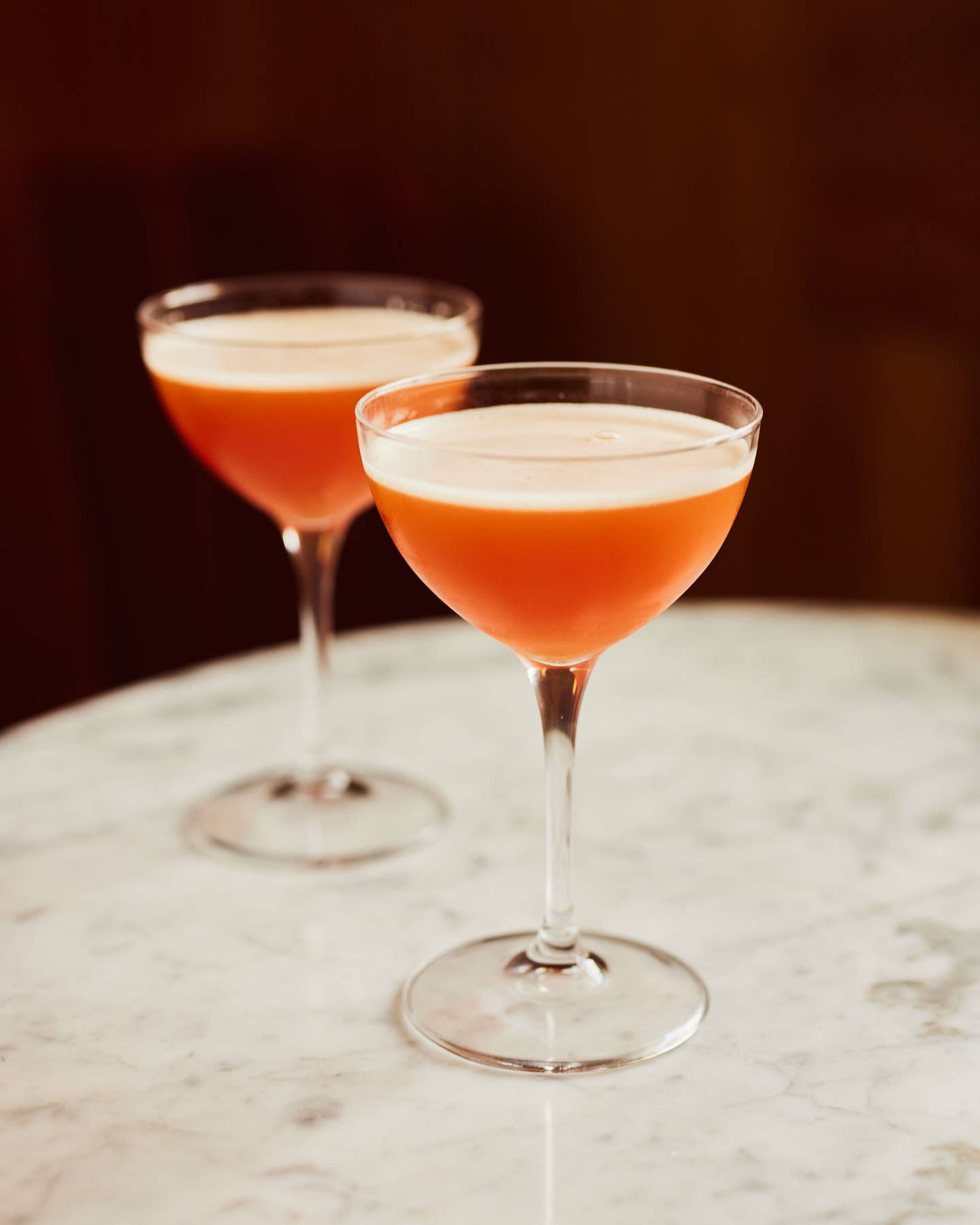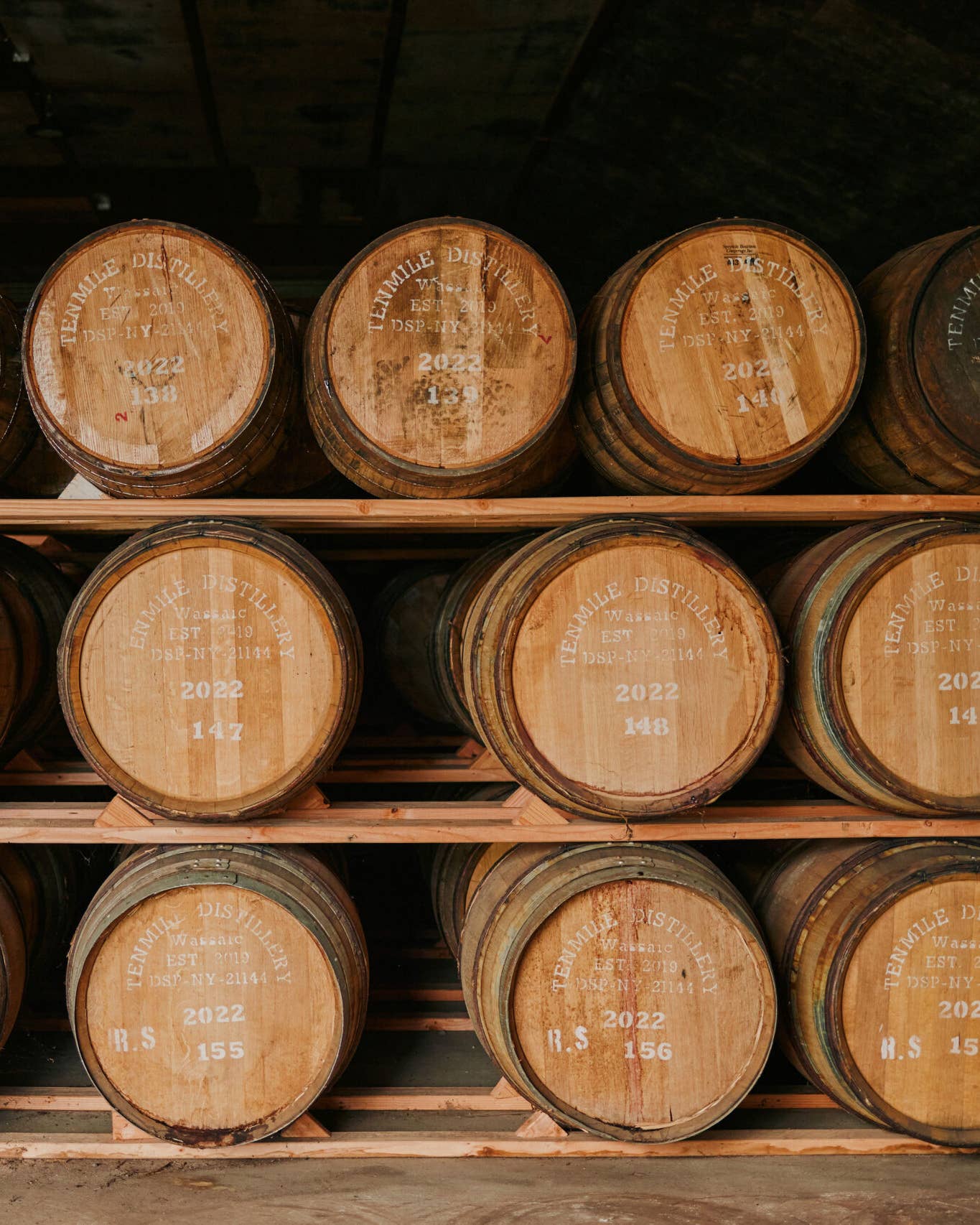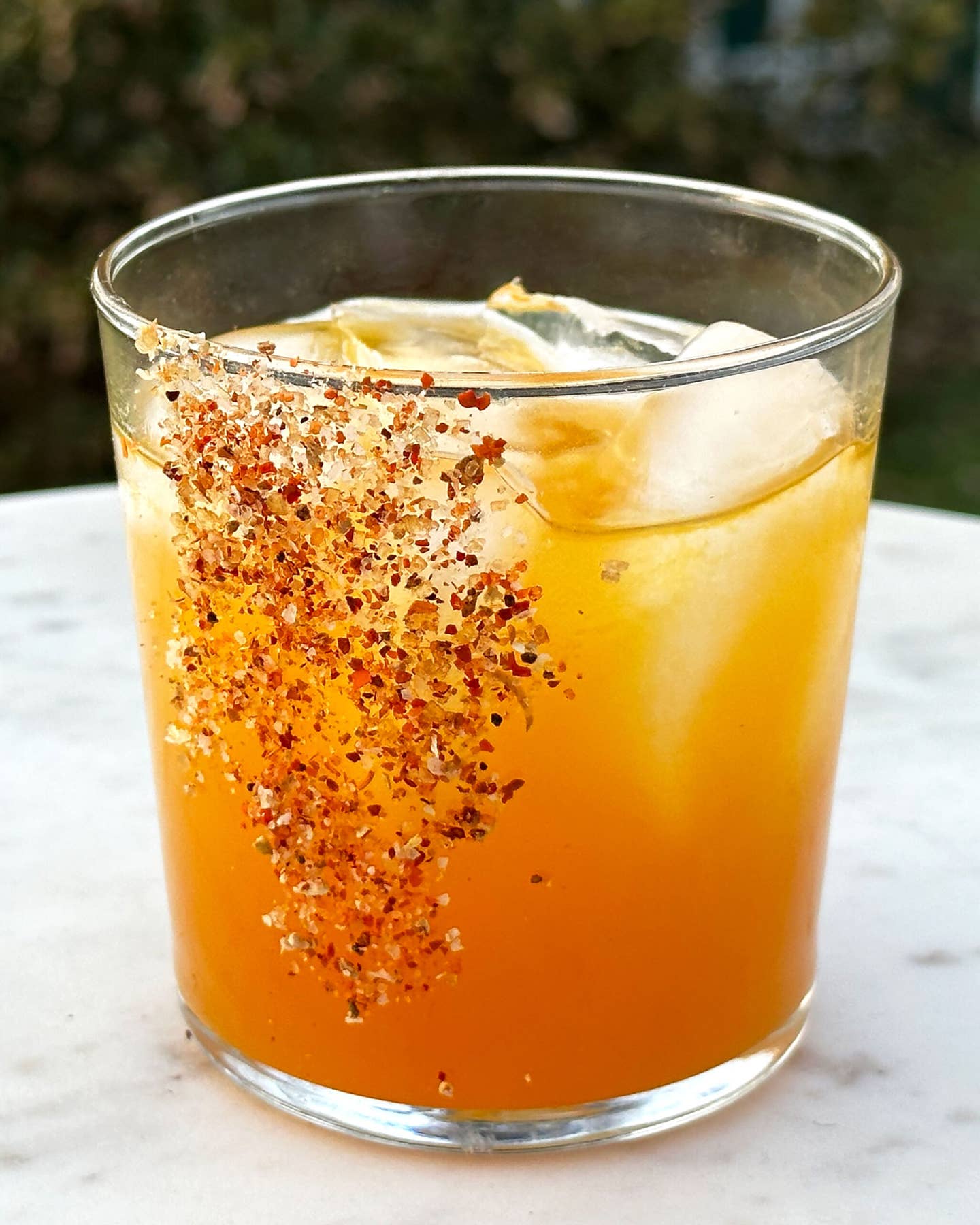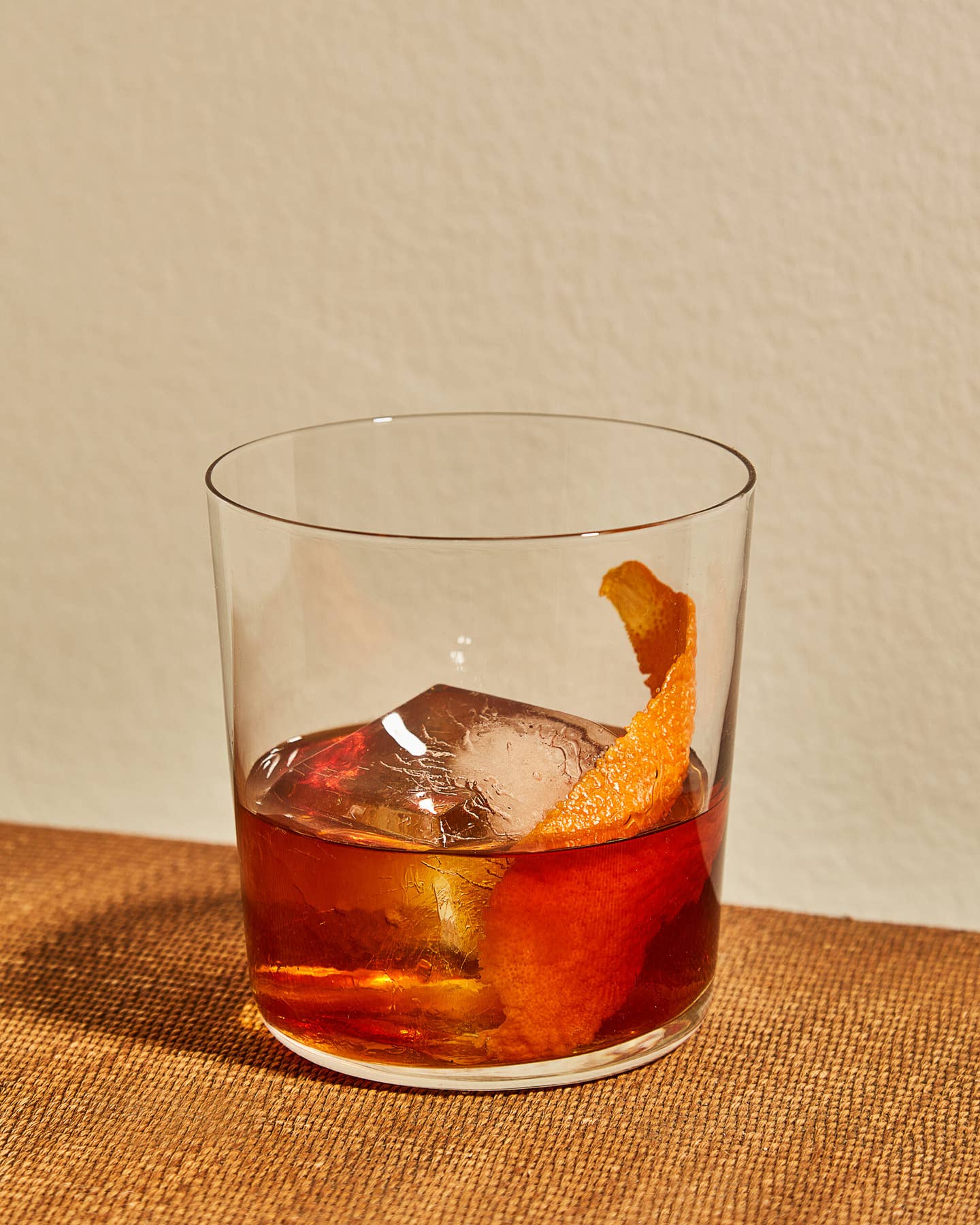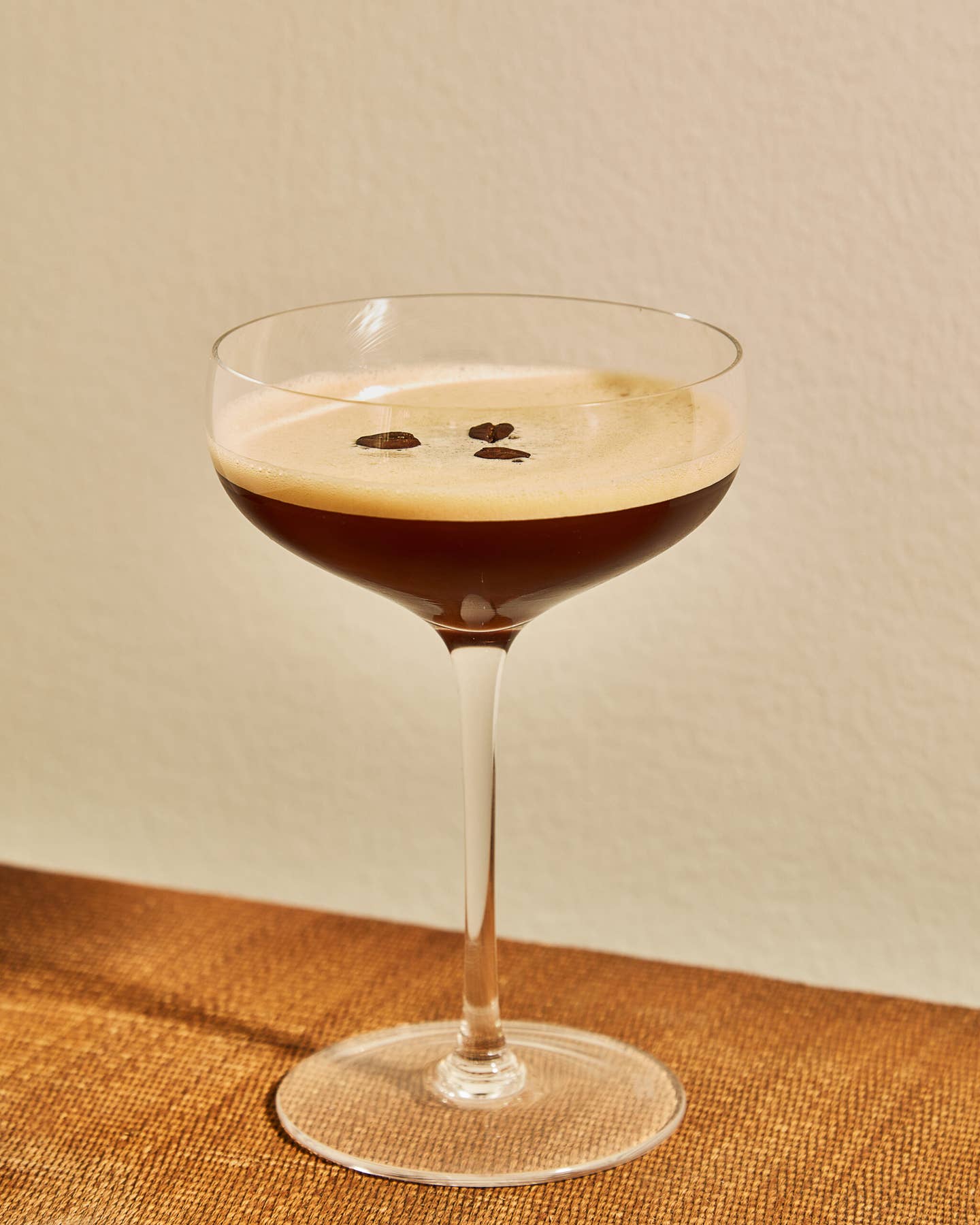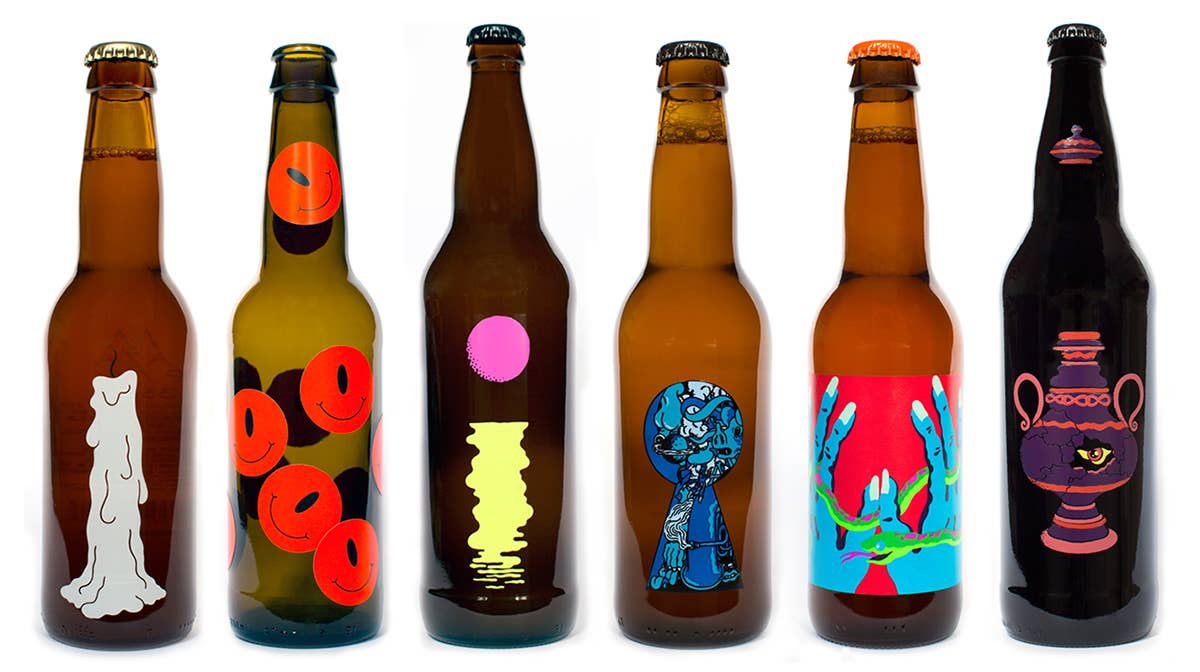
Founded in 2011 by brewer Henok Fentie and artist/designer Karl Grandin, Omnipollo is a Swedish brewing operation that follows the "gypsy" model, utilizing existing facilities rather than maintaining their own space. From the start, the duo has placed an outsized importance on creating not only great American-influenced craft beers—think bold, hoppy IPAs and strong imperial stouts—but also smart and pretty vessels for their beers to be sold in. I recently caught up with Fentie and Grandin to dig a little deeper into their beer and design collaboration, and ask about the inspiration for their newest beer, a double IPA built like a saison.
I saw a bottle of Fatamorgana, your newest beer, in my local store the other day and it immediately caught my eye. It was practically glowing on the shelves. Can you tell me a little bit about the inspiration for this particular brew?
Henok Fentie: "Fata Morgana," is an Italian term that refers to an unusual type of mirage that sometimes appears on the horizon. The idea for this beer began while I was trekking through my parents' homeland, in the Ethiopian savannah. I suddenly came across a literal oasis—a sort of palm tree jungle complete with hot springs, right in the middle of the dry Ethiopian landscape. I couldn't believe what I was seeing! I had to rub my eyes…
We thought the name sounded pretty and fitting for this beer, since we’re blurring the lines—or creating a “mirage”—between two styles: IPA and saison. I always wanted to bridge the gap between the two, to combine the extravagant-yet-clean nature of an American hop-bomb with the rustic and subtle beauty of a saison. Instead of fermenting with a Belgian yeast, which would risk muddling the hop profile, I brewed Fatamorgana with wheat, oats, and dextrose to give it a dry mouth feel and a cloudy look that brings to mind a saison. We’re also working on a beer that approaches the notion from the opposite direction—an imperial IPA fermented with Belgian yeast.
Fatamorgana Label Art Omnipollo
The Fatamorgana label, like all Omnipollo bottles, have such a distinctive look. Karl, what’s your approach when designing the packaging for Omnipollo? What are some of the major influences over your style?
Karl Grandin: I’ve always been heavily influenced by images and symbols. When I was a kid, my dad hung this framed postcard with an image of the devil over my bed. It came from a 13th century book called Codex Gigas. It was the most amazing thing I’d ever seen! I used to spend hours looking at it. But I also remember the wallpaper on the wall behind it...I just knew that the shapes of the seventies-style medallion pattern carried some secret message for me to decipher. So I guess I just try to make images that bring back that feeling from my childhood. I don’t really worry too much about what “works,” or if people will get it. To me, it’s more important to make something interesting and new.
Henok, you have a business background. How did you transition into brewing?
HF: I was at business school in London in 2006 and one of my classmates there was a girl whose family owned a chain of pubs. We became close and eventually I began working for them. I fell in love with craft beer from day one and began experimenting with home brewing in my kitchen. In 2010, I took a year off and moved to Belgium. I knocked on brewery doors until I finally found someone who was willing to work with a wild-card like me. It was Dirk Naudts of the legendary De Proef Brewery in Flanders. I guess he saw how eager and enthusiastic I was and thought, ‘Let’s see what this guy can bring to the table,’ or something like that. Over six months, Dirk and I brewed eight different versions of what became Omnipollo’s first commercial release, a Belgian-style pale ale fermented with champagne yeast and dry-hopped with Amarillo and Simcoe hops. We named it Leon, after my first born son.
When did Karl join the project? How do his design pieces fit into the overall Omnipollo puzzle?
HF: When we were developing Leon, I knew that I wanted to work with someone who would show the same dedication and enthusiasm to the graphic design aspects that I had for crafting beer; a partner in crime, I guess. I started asking around and was introduced to Karl through a mutual friend who, fittingly, works as a curator. I met Karl over lunch one day, told him some stuff about the beers I wanted to make, and he sent me some rough sketches the day after. It just clicked from there.
The design pieces are extremely important. In my mind, what Karl has done to influence the way a beer bottle or label can look is remarkable. For me as a brewer, it's really cool to see how a label can expose different styles that are maybe not as popular as, say, an IPA or a stout, to new audiences. In that way, Karl makes it easier for me to experiment freely with brewing because, in the end, I know that his designs will draw people's attention to the beer, regardless of what's in the bottle.
What new projects can we look forward to from Omnipollo in 2014?
HF: We’re going to venture deeper into some experimental brewing projects, such as our barrel aging program and collaborations with other brewers. For example, we’re making a beer at De Molenin the Netherlands with our friend Brian Strumke, and we’re also working on a hoppy, high-ABV “jungle” remix of his Stillwater Premium beer. 2014 will also be a year of travel. So far, we have appointments at two new breweries in the States, one in England, one in Sweden, and one in Brazil.
Keep Reading
Continue to Next Story

